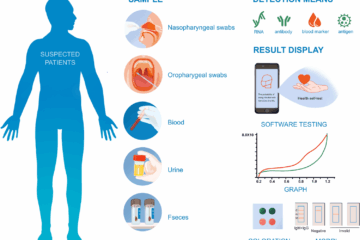
Teenagers treated at the hospital for violent, drug- or alcohol-related, or self-inflicted injuries have a higher long-term risk of death, according to a study in England.
Researchers at University College London said the three types of injuries have similar risk factors — nearly three-quarters of girls and one-third of boys admitted for them have more than one type — and the increased long-term risk suggests future injuries have the potential to be prevented.
Previous studies have shown teenagers have a higher two-year risk for re-injury from violent and alcohol-related injuries and higher seven-year risk for repeated self-harm or death after a self-inflicted injury, according to Annie Herbert, a doctoral student at University College London and lead researcher in the new study.
“Because adolescents who present with an adversity-related injury often re-present later with other adversity-related injuries, hospitalization for such injuries is a ‘teachable moment,’ a time when relevant interventions — for example, psychosocial interventions that deal with psychological and social development — can potentially reduce the risk of further harm,” researchers write in the study, published in PLOS ONE. “But which adolescents are likely to benefit from such interventions depends on their long-term risks of harm.”
Researchers analyzed data from the National Health Service on 333,009 10- to 19-year-olds admitted to the emergency room between 1997 and 2012 for violent, drug- or alcohol-related, or self-inflicted injury and 649,818 adolescents of the same age admitted for accidental injuries during the same time period.
Of the adolescents discharged after an adversity-related injury, 1 in 137 girls and 1 in 64 boys died within 10 years of hospital discharge, and 54.2 percent of girls and 40.5 percent of boys were re-admitted to the hospital within 10 years. The rates for each were highest among 18- and 19-year-olds.
When comparing the two groups of adolescents, girls discharged after an adversity-related injury were 61 percent more likely and boys more than twice as likely to die as those admitted for accidental injury. The risk of re-admission was also 76 percent more likely for girls and 41 percent more likely for boys admitted for an adversity-related injury than for those admitted for an accidental injury.
“These findings identify several risk factors that clinicians and service providers can use to identify those adolescents admitted to hospital with an injury who are at high or low risk of subsequent harm,” the researchers write. “Specifically, these findings suggest that the introduction of strategies for reducing subsequent harm after discharge should be considered for all types of adversity-related injury, particularly when it occurs in older adolescents.”
[Source:- UPI]




